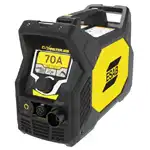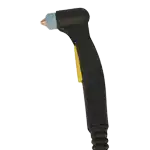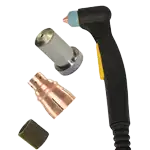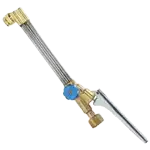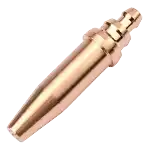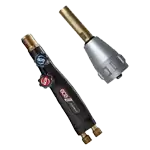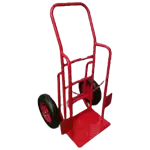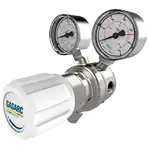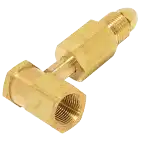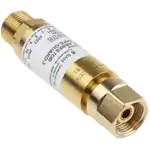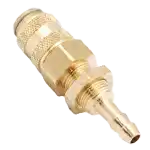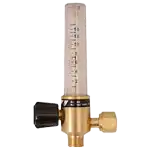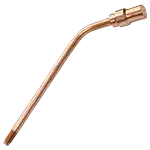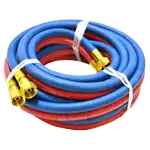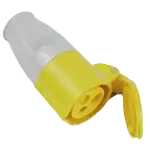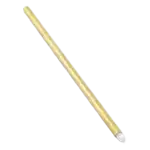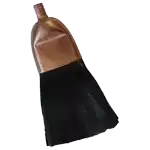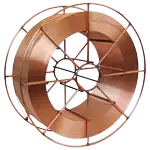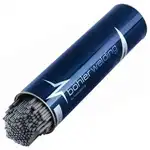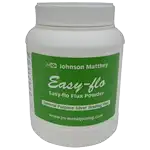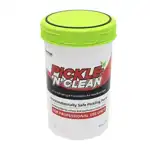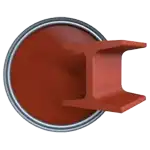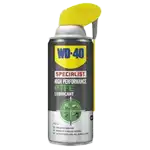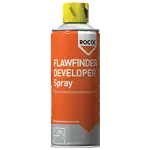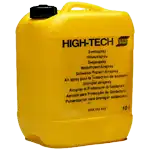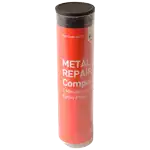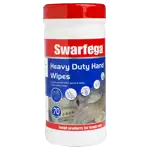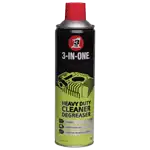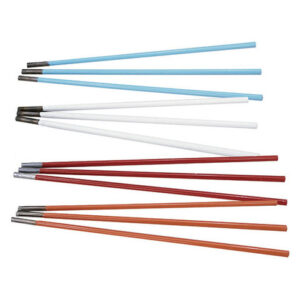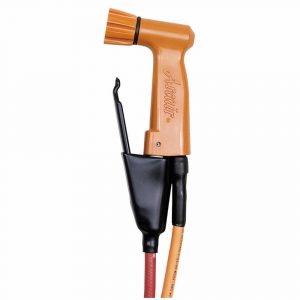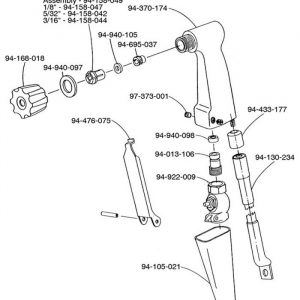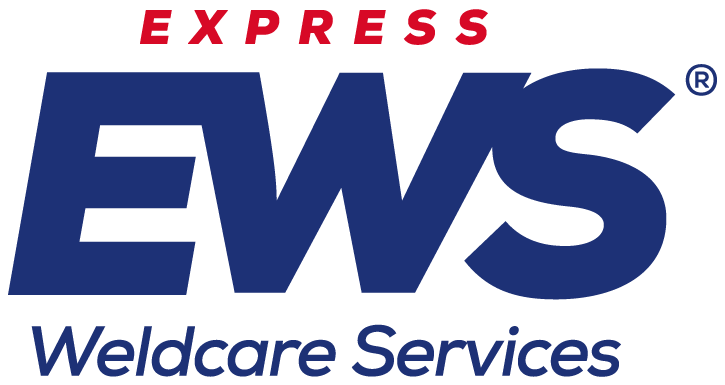This website uses cookies so that we can provide you with the best user experience possible. Cookie information is stored in your browser and performs functions such as recognising you when you return to our website and helping our team to understand which sections of the website you find most interesting and useful.





Home / Shop / Stick Welding / Underwater Welding


Buy Now, Pay Later In 3 Interest-Free Payments
Brand
AWS Class
Colour
Diameter
EN ISO Class
Extraction Capacity
Entry
Fuel Type
No. of Gauges
Output
Phases
Power
Regulator Type
Size
Voltage
Wire Size
£513.38 ex. VAT £616.06 inc VAT
£676.47 ex. VAT £811.76 inc VAT
£651.10 ex. VAT £781.32 inc VAT
Underwater Welding
Underwater welding is a specialised welding process that is used to join metal underwater. It is a challenging process due to the underwater environment, which can cause corrosion, water contamination, and electrical hazards. Underwater welders use a variety of tools and techniques, including gouging, cutting, torches, and electrodes. The specific tools and techniques used will vary depending on the underwater welding application.
